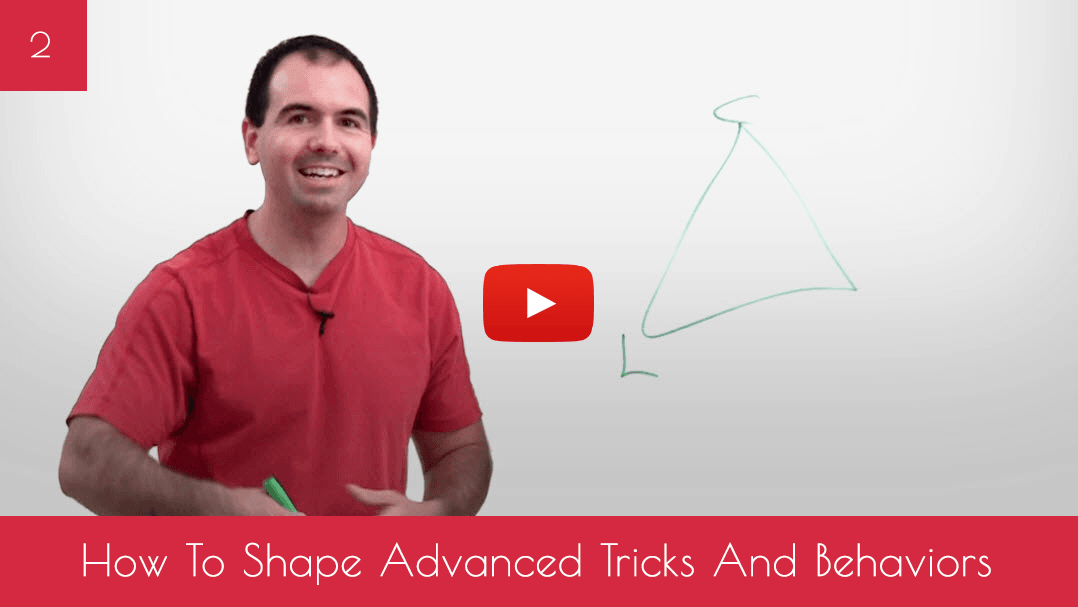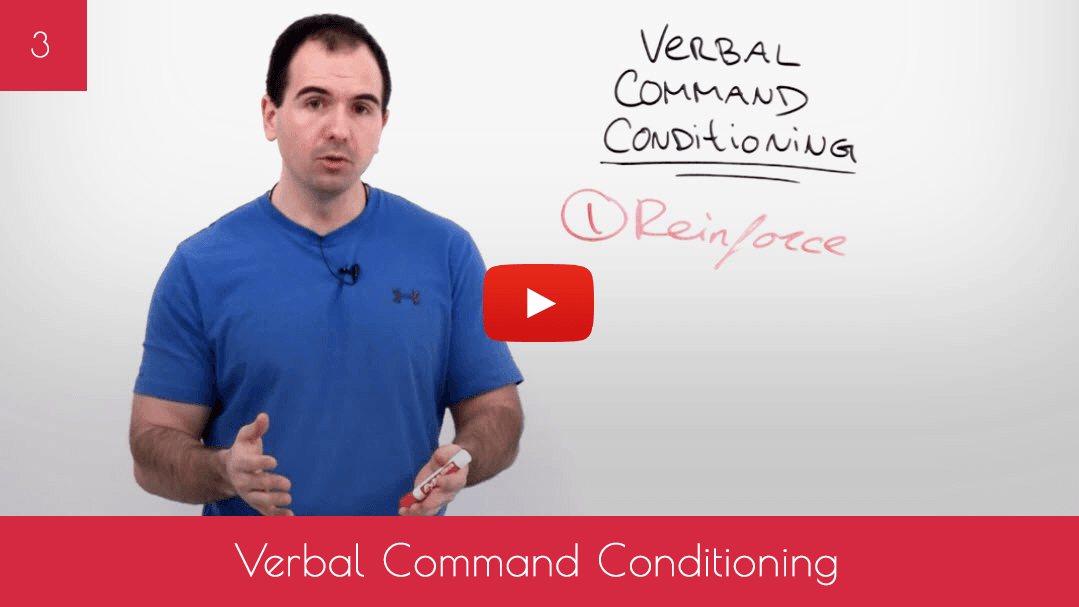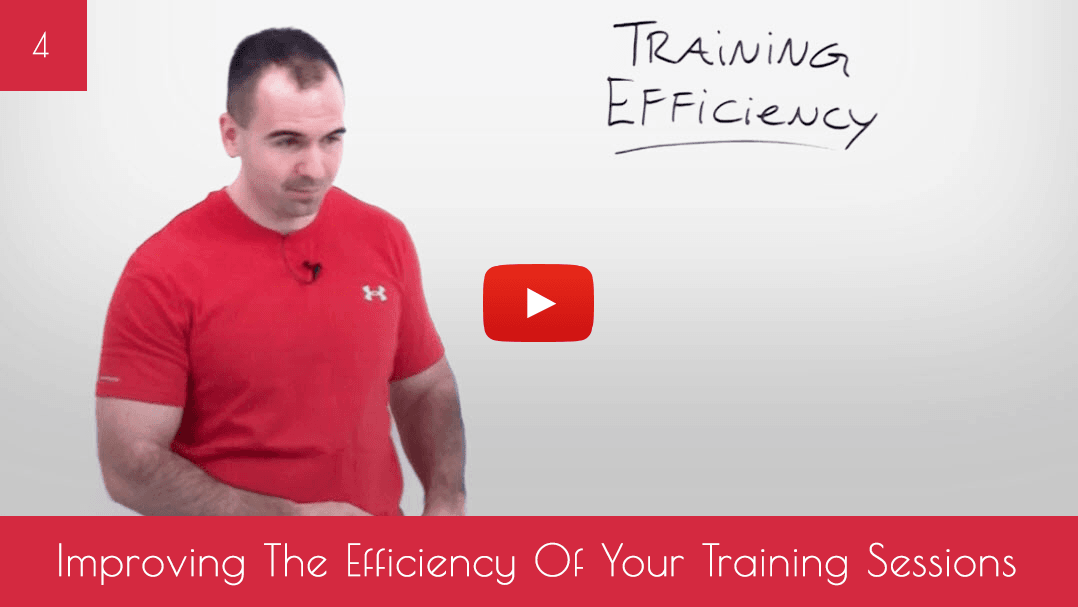Where would you like me to send your FREE 5-part video series?
Almost there!
Please complete the form below and we'll send it to your inbox.
We respect your privacy!
You may unsubscribe from our mailing list at ANY time.





As with every other video I’ve watched so far, the caliber of the information you’ve shared with us is tops. In my book, this video rocks! What a great way to get our dogs connected with us,to bring them up from lethargy or down from distractions of noise or people when in the back yard or when raising the level of training by being out in a more public setting. I like this proactive way of setting our dogs up for success by sandwiching training between 2 brief sessions of fun!!! Thanks so much. Can’t wait to give it a try. God bless you. -Gina
Thank you very much for the kind words. Have fun with it! 🙂
Fabulous training. I am a dog trainer in the UK, I own 5 dogs and all of them play tug. I also run a small training class and am amazed at how many people are told by the people they got their dogs from never to play tug games.
My dogs are competition obedience dogs and my family/pets and I teach people motivational training with their pets.
I rate your video’s and emails very highly.
Thank you so much.
Thank you Rose!
Yes, there are definitely some misconceptions about tugging out there … but if the game is done with basic rules established, then it can be one of the best relationship building games out there! In fact, my Border Collie absolutely LOVES to tug and I play that game daily. 😉
Hi, i love your video’s and tutorials,, i am learning so much from these,, my Lab is already trained from a great trainer with the basics but now I’m going to start with some tricks as i know she will really love them and give her something to look forward to. thanks for these great videos, you are very informative and interesting to watch..
Sharon
Awesome! Tricks are a wonderful way of keeping the ‘learning’ ball rolling! And the best thing is that you can never run out of ideas, there’s always a new trick to train. 🙂
Very enjoyable video – thank you for sharing. As I watched this (at 11.30pm and while my border collie was sound asleep in another room) and as you came to the part in the video where you began exciting and engaging your husky, my own dog came tearing into the room in full peak arousal wanting to work! Than you for that – you did some great leg audio work for me!! Cheers, Vicki & Bo from Sydney Australia
Hi Viki. That’s awesome! You should see my dogs when I edit the videos, LOL! They always think it’s training time. 😉
i use mealtimes as training – i hand feed him (raw food diet) and we work on our trick training. i find this way he gets revved up but he’s not so fired up that all his synapses go pop rocks.
Mine won’t – never has. he’ll take it if i offer it but the moment i resist, he just drops it and stares at me. I’ve tried working up to it gradually and used all kinds of tips and ideas but when i saw him do the same thing with another dog, i was forced to accept the sad fact that i’ll never get a good tug-of-war out of him as it’s clearly not his thing =(
Hi, I. Really find your method of training me what to do very helpful. What should I do if my dog will not touch the object in the first place?
Thank you
Hi Lane, you could reward your dog for looking in it’s direction. Of if your dog simply won’t look at it when it’s on the floor, then you can pick it up and hold it at eye level. The point is to reward your dog as soon for investigating the object at first, thus building interest in it. And once your dog realizes that he will get rewarded for interacting with the object, the game becomes which interaction actually gets him rewarded.
Very good video. I started doing games during training session a year ago and it improves my training results a lot!
Again, easy and fun.
Thank you.
Excellent training videos. Great advice in all of them. These videos makes training more effective, quicker and more enjoyable for trainer and dog. Thanks!
Thank Jean for those videos. It’s really helpful. Cause i have a very nice and great dog that i adopted to give him a second chance i might say. He wasn’t well trained for his basic like to walk heel, not pull on the leash or play tug with the leash while you take a walk or cross the street. So basically my training sessions are the very basic right now. He’s pulling so much on the leash that i have a tendinitis since two months now. I find that it’s easier in the morning than in the evening or when i get back from work. Do you think that i could apply all you suggestions or they apply on special tricks? Thank you for the answer. I’m working very hard on him and i’m getting there but sometimes it’s seems like it doesn’t work.
Hi Lyne – yes you can apply everything that you learned in my videos so far with getting your dog to walk nicely on a loose leash. Basically you want to teach your dog a better behavior for walking, but it will be difficult because your dog will be so distracted by the environment that he might not care much about your treats or toy.
In the eBook that I gave you “The Power of Positive Reinforcements”, there is a chapter that talks about rewarding your dog for being in the “Reinforcement Zone”. This is teaching your dog a better behavior – to be and walk by your side. I believe there is also park exercises and things that you can do to eliminate the pulling – but again, it will be challenging because you are fighting a history of reinforcement. But it can be done. 🙂
What can you say, but – brill.
Love your understated interaction and obvious love and enjoyment of your “job”. If more people could chill out and enjoy training for what it is – a game – we’d have happier people and dogs.
Thank you.
Just watched yr video – I am in Staffordshie England and what a beautiful dog and so well trained! How do you train a dog to get back to your side like that.? He is adorable in all ways. My pup is 16 weeks today and can sit, down, recall ( not 100%) wait quietly for his food and that’s it. I am so impressed thanks Heather
Hi Heather,
Thank you very much for your comment. My dog loves being in that position because it has been reinforced so many times – I use it daily when training and before crossing walks, even before getting her into a sit and stay.
Hello,
Love your dog lessons…
I have a border collie ( as you do aswell) he is fun, but is tricky to teach since he thinks he is the boss. How do i train him with the ease you display. Let me know..
Thanks, Leona
Hi Leona,
Training your dog is like any other skills in life, the more often you do it … the better you will become at it. If you commit yourself to training 5 minutes a day of recalls, obedience or tricks then your skills will improve and your dog will be more “in tune” with what you want him to do.
Do you have a video that shows how to train your dog to “get in” . I also want to thank you for sharing this information with us. Bob
Hi Bob, it’s actually part of my “Good Dog Every Day Program” that is available on my other website Success Dogs. You can get it here: https://www.successdogs.com/online-dog-training-courses/
Excellent feedback…this explain me a lot about his behavior and my mistakes. Thank you
Great stuff Robert, happy to hear that you enjoyed the video. 🙂
Very interesting concept. Will use this one in my training sessions as well. Thank you! – Des.
You are welcome Des, glad I could be of help. 🙂
Love, Love your training videos – do you have one that shows how to train your dog to come to your side and “break”.
Thanks
Thank you Julie. Part of that is teaching a Get In and building lots of value for your dog being at your side. When you say “BREAK” it means to break the position. I usually go from a Get In right into a Reinforcement Zone so the dog keeps by my side.
Really enjoyed this video, Razz loves to jump so we spend several minutes playing on her jump, then do some obedience. But than again she loves that also! Thanks great job once again.
Excellent. !!! Very clear !!! Thanks !!
Thanks, this sequencing helped me get some new training ideas that seemed doable and an achievable length as well.
Jane
Hi Jean,
Can you please share how you trained your dog with the “get in” command? I would love to teach my dog that.
Thanks!
Hi Chris, LOL you must be the 12th person to ask me that. That particular behavior is actually taught in my Good Dog Every Day Program that is available on my other website, Success Dogs. You can get it here: https://www.successdogs.com/online-dog-training-courses/ but if you want to know how, basically you just have to reward for your dog for sitting at your side. Over time, your dog learns that there’s lots of value for your dog being there and will naturally want to be there. Hope this makes sense!
I have enjoyed and learned a lot from all the videos in this series. Thank you!